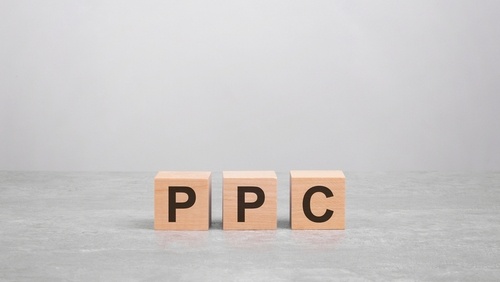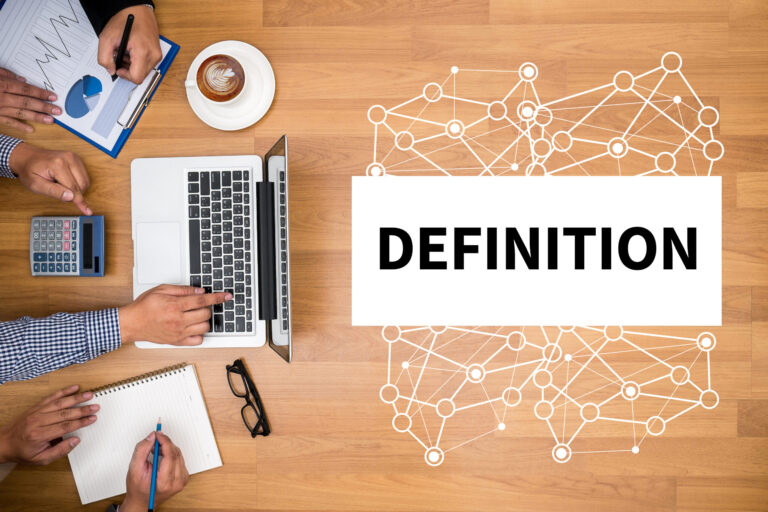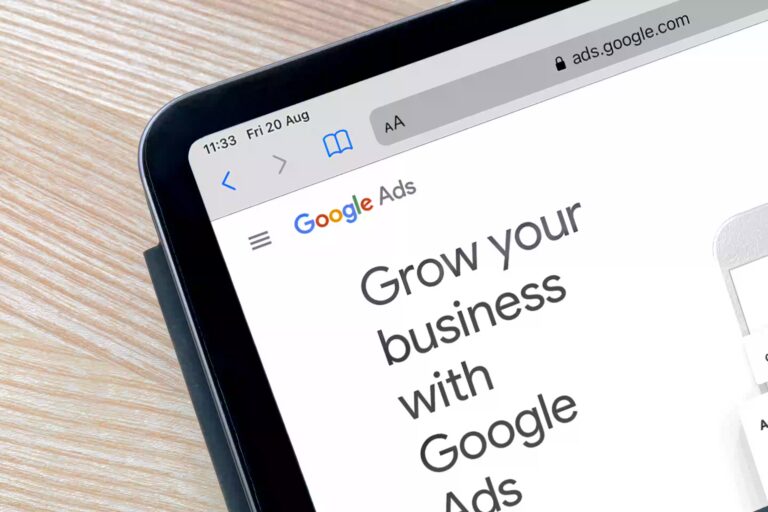Twitter is set to extend the 140-character Tweet limit at the end of Q1, reportedly stretching to an extraordinary 10,000 characters. This would be a huge and almost absurd change, so how will this impact digital marketing, and marketers, around the world?
Twitter has seen a fall in valuation, and is attempting to attract new users, and keep them on the site for longer. With an extended character limit it opens up more options, in hoping that advertising revenue would also increase with a rise in engagement.

The news came when the Twitter CEO Jack Dorsey tweeted a message explaining the future character limit expansion, stating:
“We didn’t start Twitter with a 140-character restriction. We added that early on to fit into a single SMS message (160 characters),” he said in a picture he tweeted.
“It’s become a beautiful constraint, and I love it! It inspires creativity and brevity. And a sense of speed. We will never lose that feeling.”
You can read the tweet in full below:
— Jack (@jack) January 5, 2016
The irony is, of course, that even the CEO of Twitter didn’t have enough characters to share his own views on his own platforms – showing the limitations of Twitter. With more people sharing images of text, it seems that Twitter has to reluctantly allow extra functionality for people to use it in a way they see fit.
Users already get around the character limit using Twitterstorms, and linking up several tweets using 1/3,2/3,3/3 and so on. This move would simply make it easier for anyone on the website, and further encourages people who don’t use the service as they find it confusing or restrictive.
How the 10,000-character Tweets will shape up
Of course, if all Tweets could reach this length, the social network would end up looking more like a blogging platform such as Medium or tumblr.
There’s no doubt that Twitter will not want to alienate its many loyal fans and users, and so I would guess aesthetically, they will try and keep it as consistent as possible.
Then again, Twitter is no stranger to change, after replacing the iconic “favourite” star button with a “heart” like button. Purely for aesthetics and to keep it in-line with other networks, such as Facebook.
It’s likely then, that tweets will look similar. But if someone does write a long tweet, it will allow users to click to expand and reveal the extra content.
But it’s not just a social network. It’s a channel for digital marketing. So how exactly does all this fit in with digital marketing techniques, and what will this mean for specific campaigns?
What 10,000-character Tweets means for marketers
If the “click to expand” feature is what Twitter go for, then not much will change. In order to capture the attention of users browsing their timeline, keeping your tweets under a (hypothetical) 140-character limit so it isn’t cut off, is still important.
Traditionally, social media has worked as a sign post for marketers and users. By using links, social networks redirect to a website or piece of content, where the more important engagements or consumptions take place. However, increasingly Facebook is attempting to get users and celebrities to upload content, such as videos, directly on the service. Could this simply be Twitter’s way of keeping people on the site, and avoiding having them click elsewhere? If so, blog posts could be uploaded in full on Twitter itself, keeping users on the site for longer with the promise of long-form content.
This would mean that marketers, publishers, and content creators may be able to reach a wider audience and readership, as users would not have to click a link and go elsewhere. Or, at the very least, tempt users into clicking a link by offering more of a preview of the promised content found on the site.
However, if more people stay on Twitter to consume content, then this means (theoretically) a lack of transparency. With tools such as Google Analytics available to track how users browse and interact with your site, once they click a link and land on a blog post or elsewhere, you can see how they respond. If they stay on Twitter, marketers will receive less transparency. Whilst Twitter offers a wealth of data on how people engage and view tweets, it still might not be enticing enough. Unless of course, they alter this further, too.
This may mean a dip in on-site traffic for brands and marketers who source a lot of traffic from social media or Twitter in particular. But how much of an impact this has on business overall is down to how you convert and engage with your audience.
Saying this, it could be that Twitter opts for less than a 10,000 character limit. Even if Twitter implemented a 500 character limit, it would just give users a little more freedom in how they use the service. And even if it was 10,000, not many users will actually reach that limit. However, the 140-character limit is what has given Twitter a unique place in the social world, and extending this may mean people are less creative with their updates.
The other impact is SEO. At the moment, any long-form content shared as an image cannot be searched or indexed. But with Google indexing tweets, if you can type up to 10,000 characters on Twitter, not only will people be able to find it on Google itself, it will be much more useful. You can search for particular words or sections, copy and share it, or import it into documents. The fact that lengthy social media updates could potentially rank in Google too, will be worth exploring when Twitter implements the extension.
How this pans out, we are sure to find out in the not-too-distant future. Whatever happens, Twitter often makes controversial moves that gain mixed reactions from users, so only time will tell whether an extended character limit will improve the platform, or slowly make it less unique and more like Medium, tumblr, Facebook, Google+, and others.
What is for certain, is that marketers will need to adapt, and find a new way of promoting engaging and shareable updates or content on Twitter.










